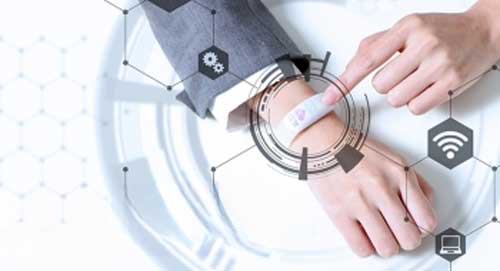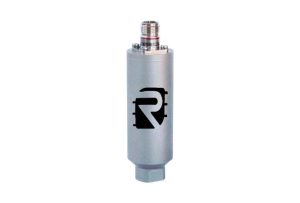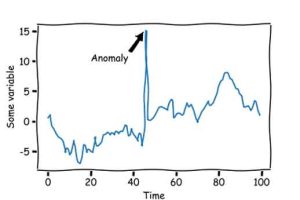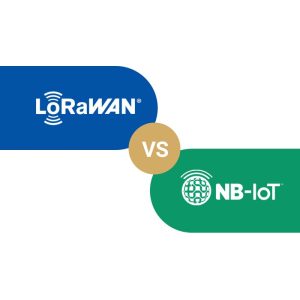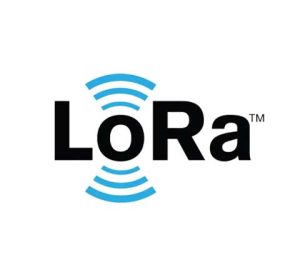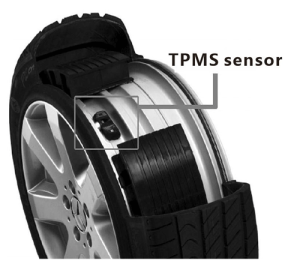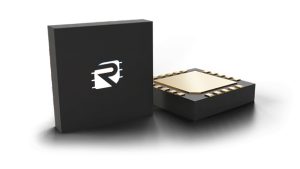Vital Sign Solutions
Vital sign monitoring solutions utilize advanced sensor technology to continuously track essential physiological parameters such as heart rate, blood pressure, oxygen saturation, and respiratory rate. These solutions play a crucial role in healthcare, fitness, and remote patient monitoring by providing real-time data that helps detect abnormalities and improve overall health management. With the integration of AI and IoT, modern vital sign monitoring systems offer enhanced accuracy, predictive analytics, and seamless connectivity to medical platforms.
These solutions are available in various wearable forms, including smart rings and smart glasses, designed for comfort and convenience. Smart rings incorporate miniature sensors to measure heart rate variability and blood oxygen levels, making them ideal for continuous monitoring without disrupting daily activities. Smart glasses, on the other hand, integrate optical and bioelectrical sensors to track vital signs while providing an unobtrusive user experience. Both options enhance accessibility to real-time health data, making them suitable for personal wellness tracking and medical applications.
How Do Vital Sign Detection Sensors Work?
Vital sign detection sensors are devices that measure physiological parameters of the body, such as heart rate, blood oxygen level (SpO2), blood pressure, body temperature, and even brain waves (EEG) and muscle activity (EMG). These sensors are typically embedded in wearable devices like smartwatches, smart rings, and even smart glasses.
How These Sensors Work:
Photoplethysmography (PPG):
This method is used to measure heart rate and blood oxygen levels. Optical sensors (LEDs) emit light onto the skin, and the reflection or absorption of that light by blood flow is analyzed. Changes in reflected light indicate variations in blood volume, which are used to calculate heart rate and blood oxygen saturation.Electrical Sensors (ECG, EMG, EEG):
- ECG (Electrocardiography): Measures the electrical signals of the heart through electrodes placed on the skin.
- EEG (Electroencephalography): Detects brain activity through electrodes placed on the head.
- EMG (Electromyography): Records muscle signals to assess muscle activity.
Resistive and Thermal Sensors:
These sensors measure body temperature or sweat levels. Some also use changes in skin electrical resistance (GSR) to detect stress levels.Ultrasonic and Radar Sensors:
Advanced sensors, such as those used in certain medical devices and smart vehicles, utilize ultrasonic waves or Doppler radar to detect heart rate and respiration without direct contact.
Are These Sensors the Same as Smart Rings or Smart Glasses?
Smart rings and smart glasses can be equipped with these sensors, but they are not sensors themselves. Smart rings (such as the Oura Ring) typically use PPG sensors to monitor heart rate and blood oxygen levels. Smart glasses, on the other hand, can incorporate EEG sensors for brain activity analysis or accelerometers for tracking head movements. However, depending on the specific device, not all of these features may be available.
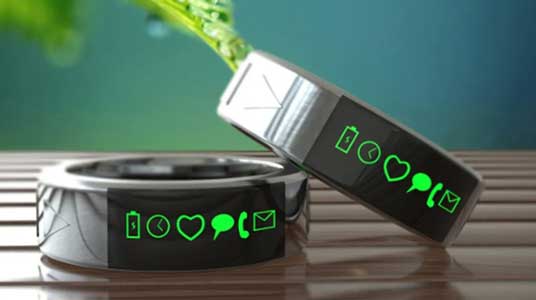
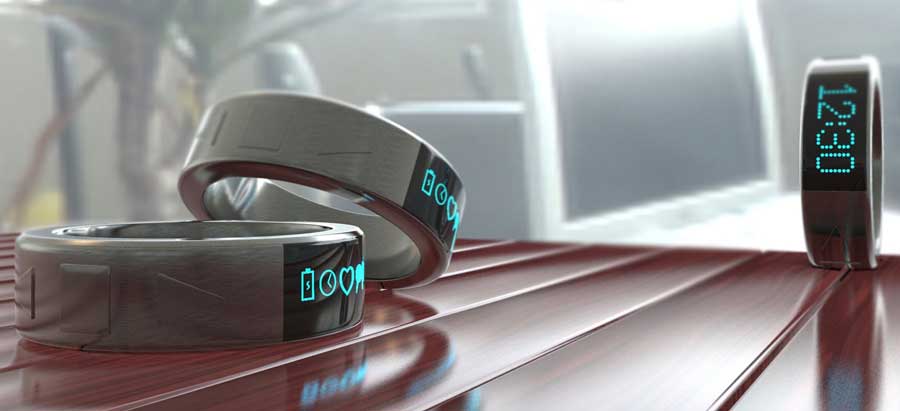
Smart Rings: The Most Popular Wearable for Vital Sign Monitoring
Among various wearable sensors, smart rings have gained significant popularity due to their compact size, ease of use, and ability to provide continuous health monitoring without being intrusive. Unlike smartwatches, which can be bulky for some users, smart rings offer a more discreet and comfortable way to track vital signs. These rings use advanced sensor technology to measure key health metrics such as heart rate, blood oxygen levels, and body temperature. Many smart rings integrate with mobile apps to provide real-time health insights and personalized recommendations.
What Are Smart Rings?
Smart rings are electronic bands worn on the fingers, resembling traditional rings but embedded with advanced sensors. They combine Bluetooth and Near-Field Communication (NFC) technology to collect and transmit health and activity data. Depending on the manufacturer, a smart ring may include one or more of the following sensors:
- Photoplethysmography (PPG) Sensor: Emits LED light onto the skin and analyzes the reflection to detect blood volume changes, heart rate, and oxygen saturation (SpO2).
- Accelerometer Sensor: Tracks body movements, including step count, distance traveled, and calories burned.
- Gyroscope Sensor: Works alongside the accelerometer to determine body orientation and detect motion more accurately.
- Electrodermal Activity (EDA) Sensor: Monitors sweat production on the skin to assess stress levels and emotional responses.
- Peripheral Oxygen Saturation (SpO2) Sensor: Measures the oxygen level in the blood, providing insights into respiratory health.
- NTC Thermistor Sensor: Detects fluctuations in body temperature, which can help in tracking illness, sleep patterns, and metabolic activity.
Smart rings offer a seamless way to monitor vital signs continuously, making them a preferred choice for those who want health tracking without the bulk of traditional wearables.
